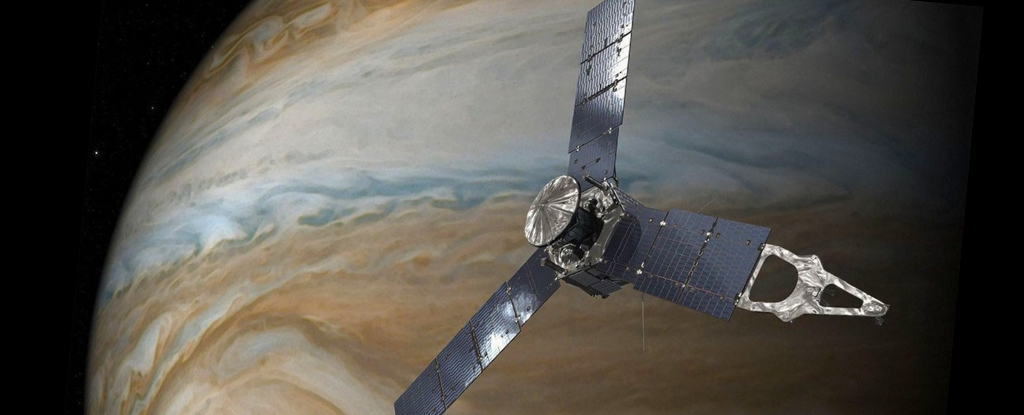Astronomers are gearing up for a significant scientific milestone as NASA’s Juno probe is set to intercept the interstellar comet known as 3I/ATLAS. This encounter is expected to occur on March 16, 2026, when 3I/ATLAS will pass within approximately 53.6 million kilometers of Jupiter. The potential for Juno to gather data on this enigmatic object could provide unprecedented insights into the origins of interstellar objects (ISOs).
The discovery of 3I/ATLAS marks the third instance of an ISO being detected, following the earlier observations of ‘Oumuamua in 2017 and 2I/Borisov in 2019. The comet, identified by the Asteroid Terrestrial-impact Last Alert System (ATLAS) in Rio Hurtado, has sparked considerable interest among scientists, leading to various mission proposals aimed at examining future ISOs.
Potential for Scientific Exploration
A recent analysis led by Prof. Abraham Loeb of Harvard University suggests that Juno, which has been in operation for several years, could be the key to studying 3I/ATLAS. The mission team, which includes distinguished scientists Adam Hibberd and Adam Crowl, emphasizes that the Juno spacecraft could effectively alter its trajectory to intercept the comet during its close approach to Jupiter.
Prof. Loeb explained, “We show that applying a thrust of 2.675 kilometers per second on September 14, 2025, can bring the Juno spacecraft from its orbit around Jupiter to intercept the path of 3I/ATLAS.” This maneuver would capitalize on the comet’s proximity, allowing Juno to gather vital data on its composition and characteristics.
The brightness of 3I/ATLAS indicates a diameter of approximately 20 kilometers. Given its reflective properties, Loeb suggests that the object may have originated from outside our Solar System, possibly offering clues to the conditions present in other star systems.
Technological Implications and Future Research
The Juno mission is not without its challenges. The researchers acknowledge that launching a dedicated spacecraft to meet 3I/ATLAS would be infeasible, given the limited warning of its arrival. Hibberd noted, “It is quite clear that a mission launched from Earth to 3I is completely infeasible, given how little warning we had of its arrival in the Solar System.”
Despite these challenges, the team has utilized advanced trajectory analysis software to determine a feasible path for Juno. This includes the use of the Optimum Interplanetary Trajectory Software (OITS) and other custom-developed tools to optimize the spacecraft’s flight path.
The data collected by Juno’s suite of instruments, which includes a near-infrared spectrometer and a visible light camera, could help address fundamental questions regarding the formation and composition of interstellar objects. As scientists prepare for this unique encounter, they remain open to the possibility that 3I/ATLAS could harbor artificial origins, although recent observations from the Hubble Space Telescope suggest it may be more natural in composition.
In conclusion, as Juno gears up for its potential rendezvous with 3I/ATLAS, the scientific community is poised for what could be a landmark moment in our understanding of interstellar phenomena. The outcomes of this mission could reshape our knowledge of the universe and the complex interactions between celestial bodies.





























































